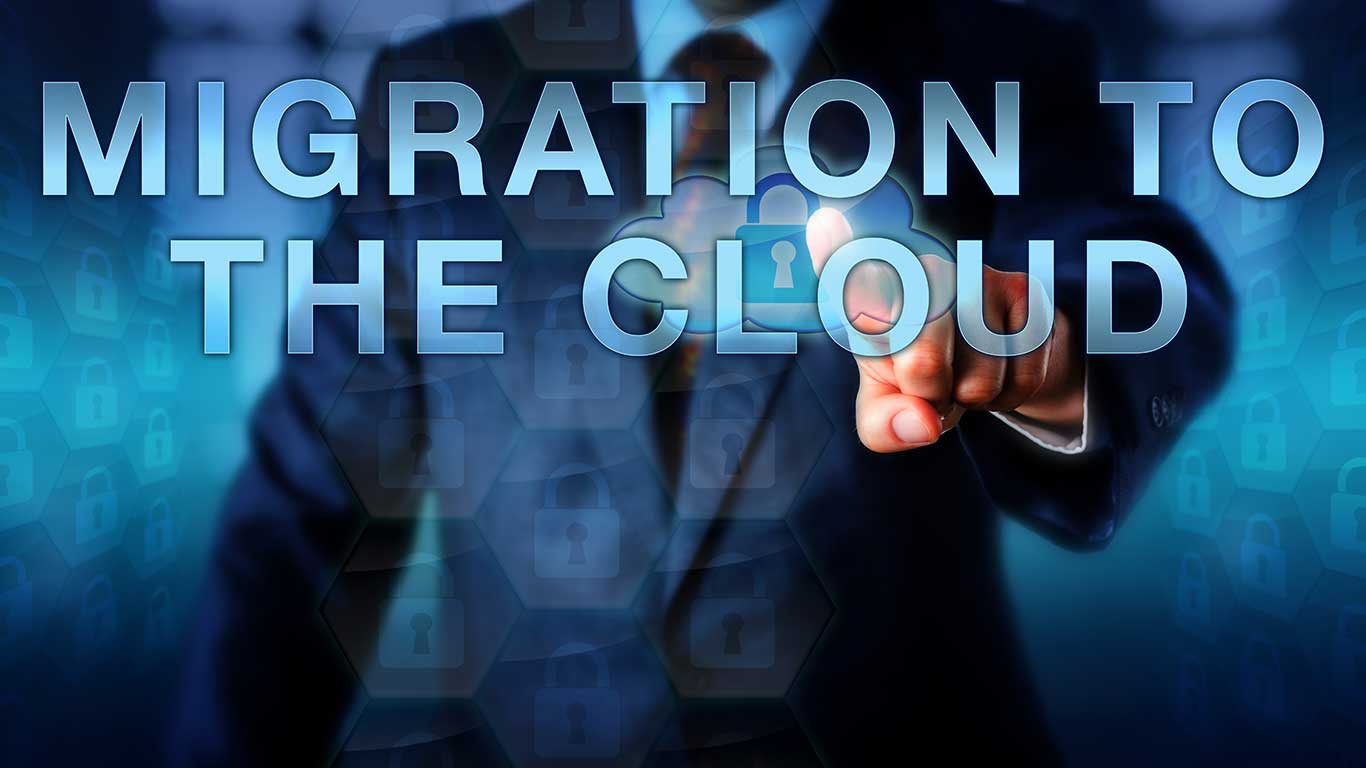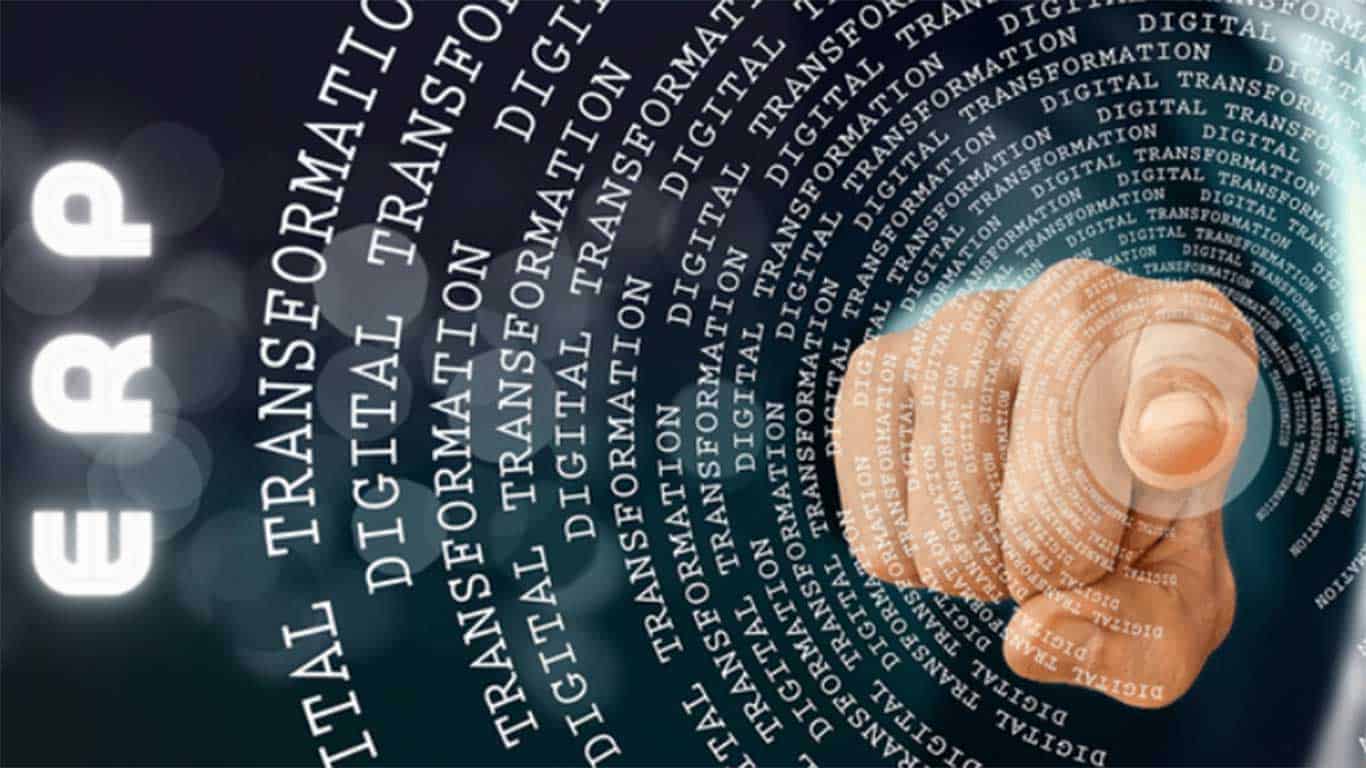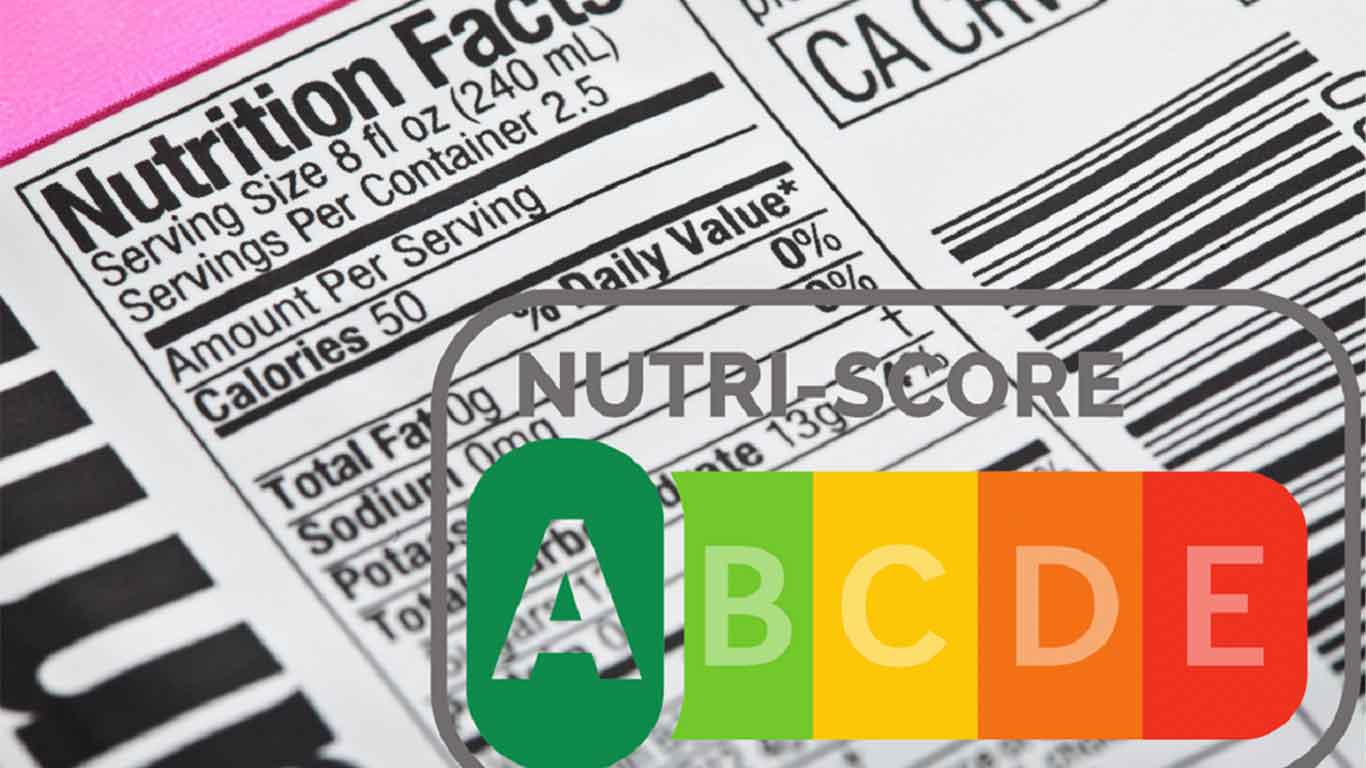The Food & Beverage Industry is one of the most dynamic industries around. Just as in the world of fashion, the food sector too experiences constant evolution. The changing industrial climate makes this industry particularly challenging for manufacturers, suppliers and retailers alike.
Risks are aplenty and managers need to ready themselves and their teams to withstand the force of this change. Having a comprehensive risk management system in place will enable manufacturers to recognize risks and counter them effectively. It is important for companies to build physical and intellectual capabilities that can protect them from the risks associated with a dynamic market.
The Food & Beverage Industry faces multiple risks, such as:
- Changes in consumer tastes
- Changes in national and regional statutory regulations
- Evolving demographic trends
- Compromised quality of ingredients and materials
- Contamination and poisoning of ingredients and end products
- Development of incorrect product design
- Unnecessary and unhealthy practices and processes in place
- Mismatch in technological capabilities and market requirements
- Manhandling of product and materials and resulting damage
- Financial risks associated with various processes and practices
- Third party risks related to transport agencies, middlemen, financiers, retailers and so on
- Risks associated with sharing intellectual property
- Risks associated with product information misrepresentation
- Consumer safety risks
- Loss mitigation risks and inability to manage risk
Considering the diverse and all-encompassing nature of risk, it stands to reason that companies should equip themselves with the resources necessary to mitigate risk to as great of a degree as possible.
Free E-Book
Regulations, Speed-to-Market and Innovation: How to stay compliant and competetive in an ever-changing market place.
Are Companies Equipped to Handle Risk?
The primary problem with managing risk lies in the way technology is used. There are many companies which rely on isolated initiatives to tackle risk. If, for example, a problem is detected in the product storage stage, companies only focus on optimizing transportation and storage technology. An ideal way to tackle this problem is to use technology to track the preceding sequence of events to identify whether the problem actually originated in the storage stage or not. This will help companies develop focused solutions and contingency plans.
This isolated outlook also extends to data management. Companies either do not have the training to put their data management software to good use or they use a data architecture that does not support the company’s risk management strategy. Most of the time companies tend to depend on traditional data management systems and legacy systems without consideration of whether new data requirements are supported by these systems or not. This leads to companies having incorrect and incomplete information on hand, resulting in a failure of contingency and BCP planning. Additionally, without the right technology in place, companies will neither be able to scan the horizon for potential threats nor be able to tackle existing problems.
Using Technology to Manage Risk
Technology is one aspect of the organization that has a direct and a lasting impact on the risks that a company faces. Ideally, the technology used by the company should perform certain functions, including:
- Provide market and industry insights on developing trends
- Flag inefficiency and detect bottlenecks in the processes set in place
- Strengthen system functionality
- Offer feasible, actionable and personalized solutions to problems
- Identify mistakes in product design
- Trigger alerts for cost overruns
- Improve data accuracy
- Analyze revenue generation and profit maximization capabilities
- Identify deficiencies in machine parts and quality of materials used
- Track product development, movement, storage, transportation and sale in real-time
- Chart problems directly from the point of origin
- Emit warnings and allow for instantaneous stoppage of machinery and processes
- Identify reasons and solutions for non-productivity
- Chart the frequency and reason for product recalls
- Track causes of product or material contamination in real-time
- Translate summaries and reports generated from business analytics
- Allow for global monitoring
- Access regulatory information and report issues of non-conformance
- Help integrate systems across platforms and increase share-ability of data
If technology performs these functions as expected, companies will have greater power in controlling the life-cycle of their products.
Setting Up the Technology-Enabled Risk Management Strategy That’s Right for You
There are certain steps that companies need to perform while planning their risk management campaigns:
- Educate company leaders about the existence and potential of risk
- Design a risk management policy that supports your organizational vision and policies and is in tune with your resource capabilities
- Perform an internal audit of both operational and long-term activities and strategies. Make a list of all the risks that the company is or may be facing
- Assess and prioritize which risks require immediate attention
- Develop a contingency plan:
> Control the situation to reduce the negative impact
> Prevent the situation
> Transfer the risk to a professional risk manager
> Arrange for external or internal financing to bear the losses caused by the risk - Make every employee accountable to his or her role in risk management
- Monitor each stage through effective use of technology
When supported by the right technology, companies can remain agile when responding to market risks. Today many technology providers are using state-of-the-art technology to develop software and hardware that will make the manufacturing, sourcing, transportation, storage and sale of products much easier.
The right technology will provide multiple benefits to companies. Manufacturers, suppliers, retailers and third party partners can use technology to manage risk in the following ways:
- Obtain A Holistic Overview of The Problem
> As opposed to an isolated approach, technology, which can give you a 360-degree view of any situation, should be used to obtain the best possible inputs to mitigate risks. - Identify Areas of Non-Compliance
> There are some software solutions designed to help companies easily meet their statutory regulatory requirements. This software acts as a repository containing information about food safety and labeling regulations required by the regulatory bodies of various countries. One search through the indexed database will help companies identify whether they are compliant or not. - Share Product Data Across Partners and Platforms
> Consumers want information regarding their products and it is important for companies to share this information. Certain technologies are linked to global databases and platforms, where manufacturers, suppliers, retailers and third-party partners can pool together product-related information. Important certifications can also be uploaded to these platforms. - Achieve Category Leadership
> Technology will allow you to identify problem areas, as well as help you identify areas of opportunity. Together, companies can avoid exposure to high-risk areas and make the best use of the technology available. Technology will also help companies optimize their product design and performance. Industry-wide common platforms and global information repositories will allow companies to access the latest in food technology. - Match Opportunities with Capabilities
> There are many types of technology which will help companies analyze whether they have the resources needed to initiate certain projects. Technology can also help you with Cost-Benefit analysis. This way companies can analyze whether the risk of taking up complex assignments is worth the reward or not. - Measure ROI
> Certain technologies are designed to help you understand the approximate ROI you would generate by purchasing a particular software solution or setting up a new production or data management system. This will help you determine the feasibility of spending precious time and finances.
The Food & Beverage Industry is heading into uncharted waters. With the right technology in place, companies will find it exceptionally easy to generate value and manage risk.




